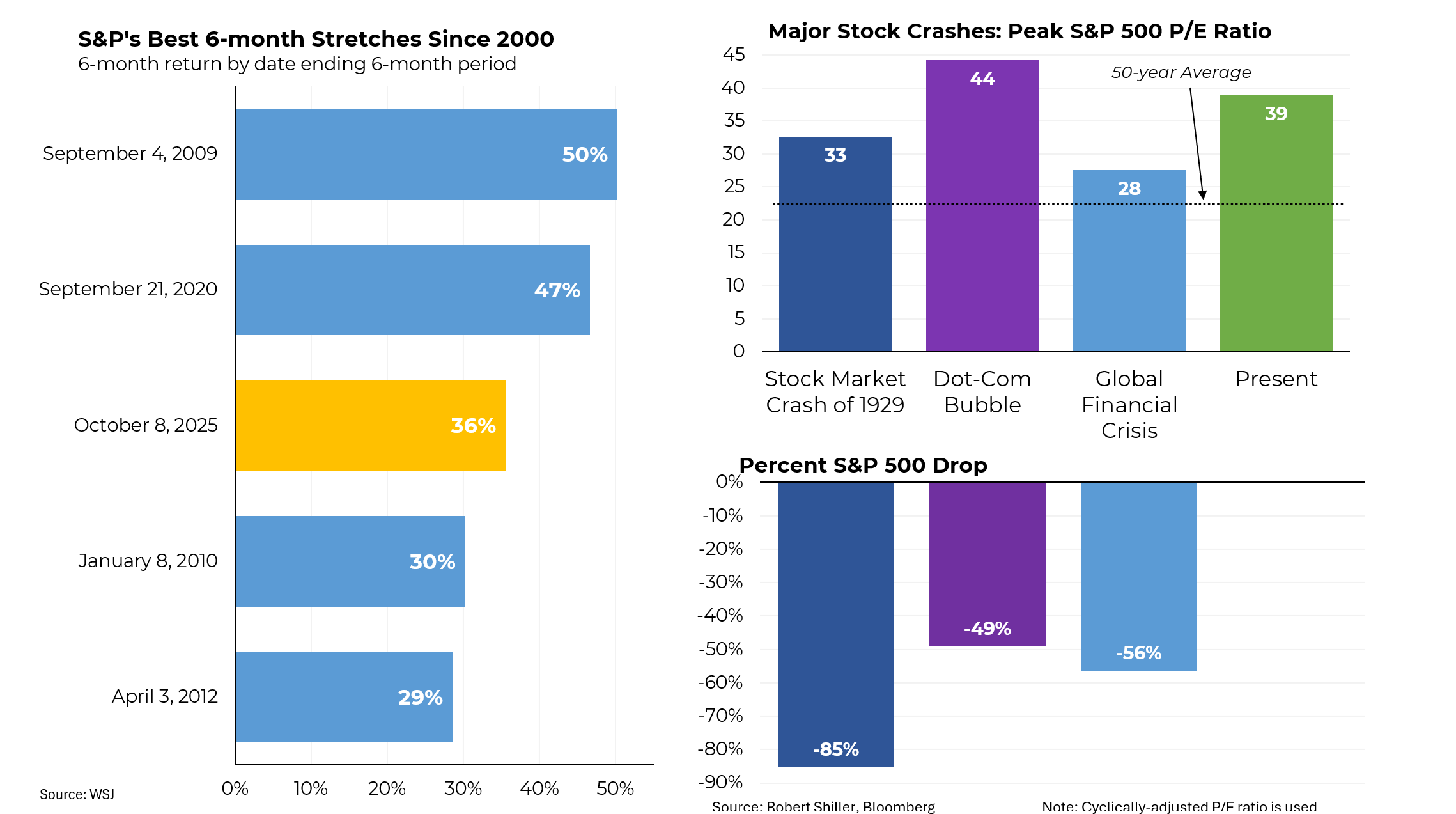Originally published in the Financial Times
Whither private equity, in the wake of its descent from a “golden age” to the dog house in a handful of months? Few businesses or individuals (save, perhaps, Bear Stearns or Eliot Spitzer, the former New York governor) have fallen so far, so quickly.
Since July, not a single private equity deal has been hatched above $4bn, and only $49bn of leveraged buyouts larger than $1bn have come forth. That is less than half the amount achieved in June 2007 alone. Not only are new deals scarce, a number of agreed deals that had not yet closed have hit the rocks, spawning recriminations and litigation.
Still worse, after a long run of stellar performance, a clutch of recent private equity investments are showing signs of cracking under the strain of too much leverage and a weakening US economy. Significant bankruptcies in private equity portfolios are a certainty, as is the next round of bad press that will accompany them.
But just as private equity was never the killer asset class that its most fervent proponents proclaimed, neither should it now be relegated to the dustbin of financial history. Like other investment strategies, private equity has a role to play in the financial world, although whether it ever regains its Periclean glory of a year ago remains questionable at best.
Amid last year’s breathless coronation of the “buyout kings”, private equity acquired the lustre of mythology. In fact, reduced to its essence, private equity is more prosaic – being simply leveraged equity. As equity is more costly than debt, substituting generous dollops of leverage for equity lowers an investor’s cost of capital. That, in turn, can raise the returns that public equity owners receive into double digits.
Added to the benefits of financial leverage are the positive effects of private equity’s human capital – financial engineering, market timing and the laser-like oversight of operating teams. Finally, finance theory provides that investors accepting illiquidity (hence the term “private”) should receive higher returns than those able to sell at any time in the public markets.
Summed up, over the long term, smart private equity investors should produce returns meaningfully above the levels of those traded on stock markets. But the froth of recent years – in which private equity firms offered chest-thumping claims of outsized returns and leapfrogged each other with ever larger megafunds – reflected, in large part, the fact that never before had so much leverage been available at such low cost.
In 2007, the average multiple of debt to cash flow in private equity deals reached 6.5 – up from 4.7 only four years earlier. Meanwhile, benign economic conditions and a worldwide liquidity glut pushed risk premiums – the amount of interest that lenders demand over super-safe Treasuries – down to record low levels.
Now, the tables have turned. The conditions that fuelled the private equity boom – leverage – have, for the moment, evaporated. Last year’s rash of giant deals overloaded a financing market that was simultaneously reeling from the meltdown in the subprime mortgage market.
With huge inventories of unsold paper sitting on dealers’ books ($129bn at present, according to Bank of America estimates), new commitments have virtually halted. So far in 2008, only $5bn in new high-yield bonds have been issued, compared with $40bn for the same period a year ago.
Meanwhile, holders of the leveraged debt sold as part of the buyout binge are suffering acute buyers’ remorse. Debt that has been released to the market has traded down substantially. For example, bonds of Univision, a Spanish broadcaster taken private a year ago for $13.7bn, are now trading at 58, down from an issue price of 100, for a yield of 22 per cent – pretty remarkable in a world of 2.6 per cent Libor.
Certainly, the credit crunch and the return to more appropriate risk premiums have contributed significantly to those trading levels. But with recession worries mounting in the US, investors have also become concerned that the default rate on high-yield paper – currently at a record low – will rise.
In recent weeks, both Moody’s and Standard & Poor’s have issued reports identifying an increasing number of debtors at risk of default. Not surprisingly, many of those companies are private equity-backed. S&P’s list includes more than 50 worrisome private equity portfolio companies. “The day of reckoning has arrived,” said Diane Vazza, an S&P managing director.
Just as private equity’s boom was finite, its bust willend, too, as a more normal leverage environment takes hold. Logically, the return of private equity will almost certainly come from the bottom up – starting with smaller deals with less leverage and then, gradually, larger ones.
But those less leveraged capital structures come at a significant penalty. Private equity returns are much more sensitive to the amount of leverage in a deal than to the cost of the leverage. That results in either lower returns for investors or, more probably, a painful ratcheting down of the prices attained by sellers.
Whether the largest, headline-grabbing deals ever re-emerge remains questionable. More than likely, the past few years will be seen as the aberration, rather than the decades before, or the nine months since the music died.





